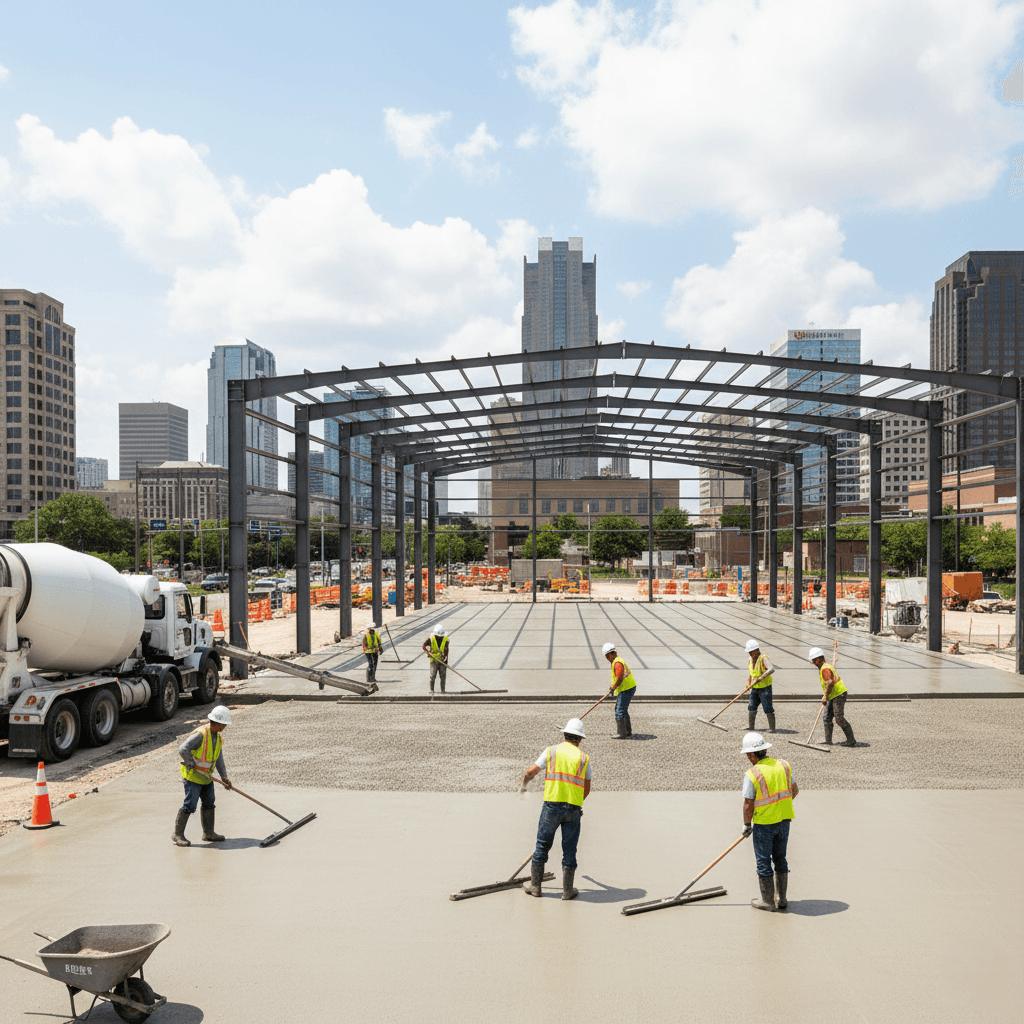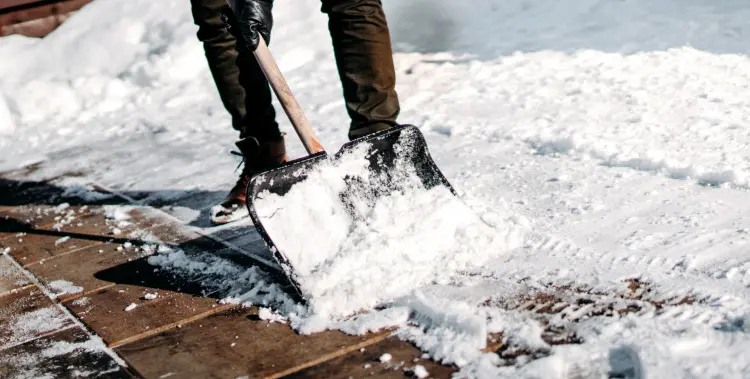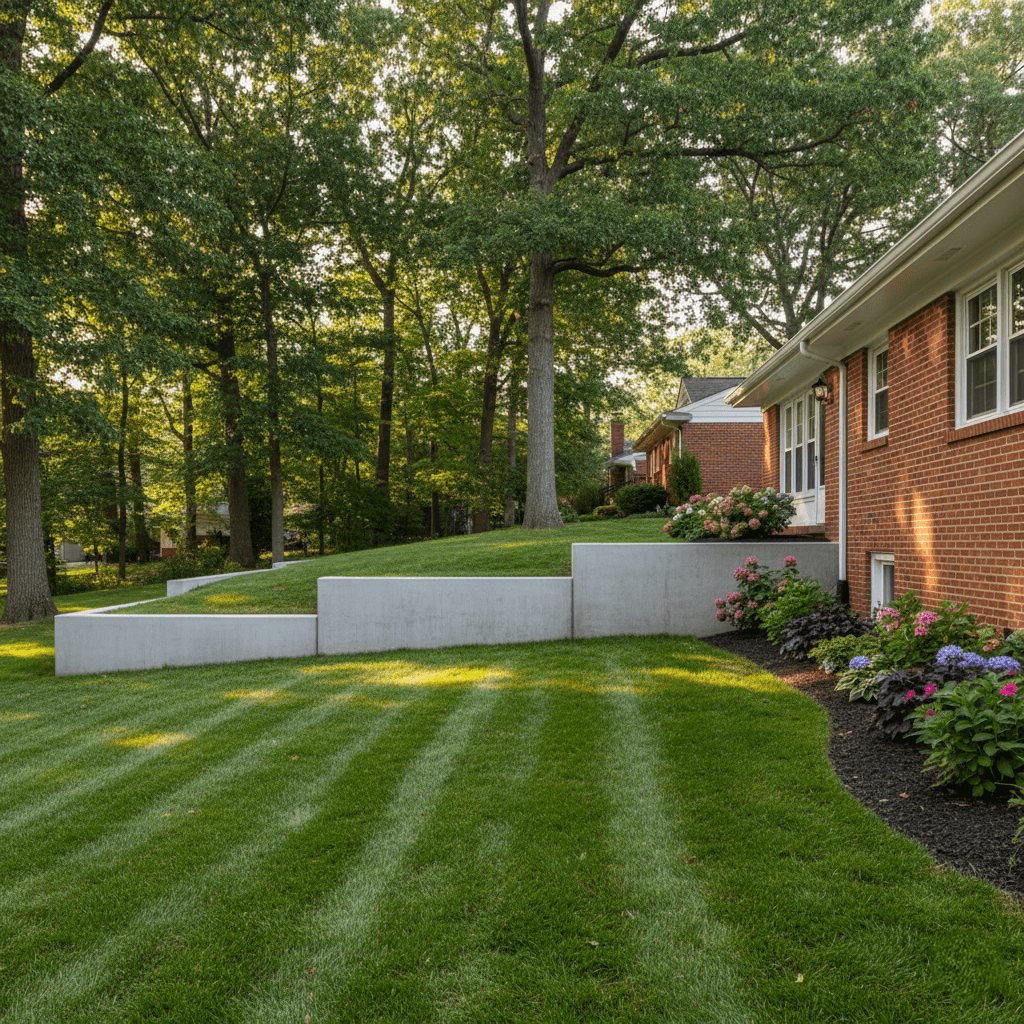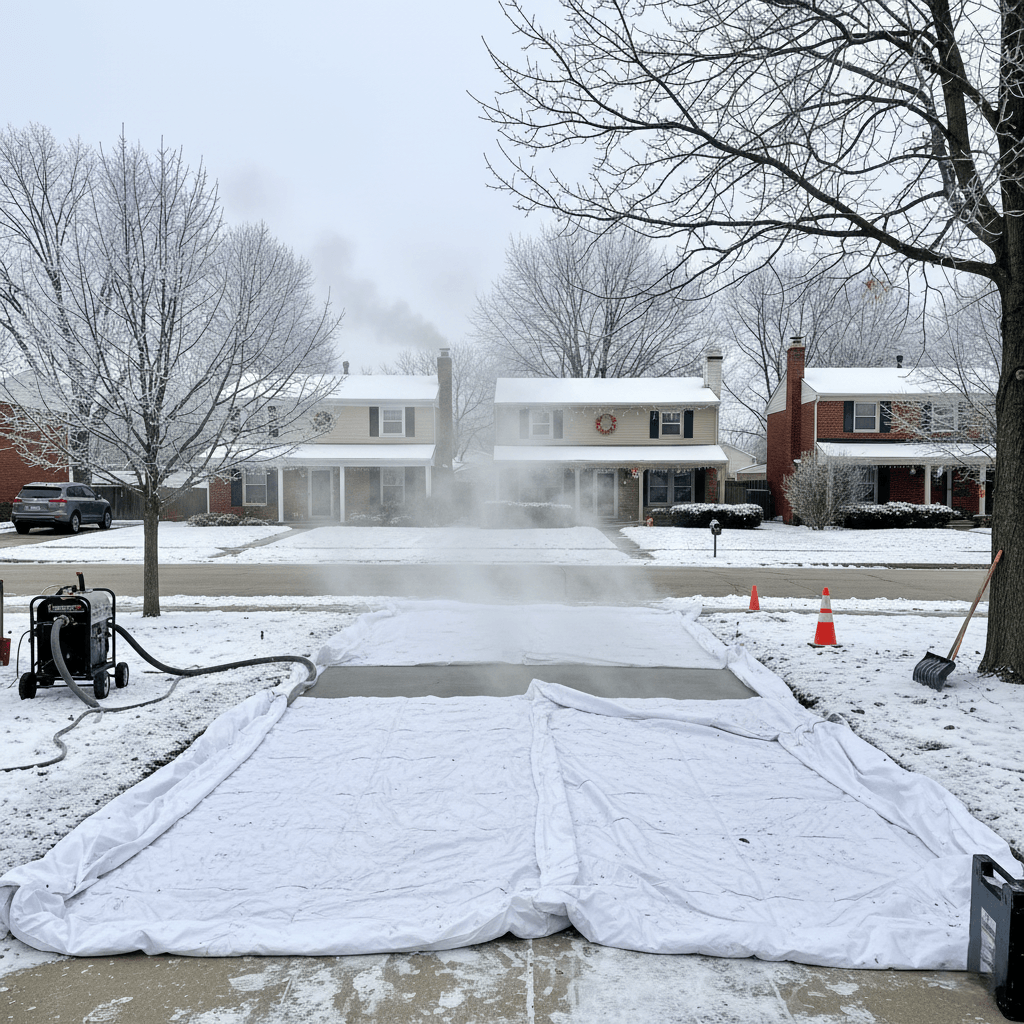
Winterizing Your Concrete: A St. Louis Homeowner's Guide
As the Gateway Arch casts longer shadows and the Cardinals wrap up their season, St. Louis homeowners know it’s time to prepare for winter. At St. Louis Concrete Works, we understand that our unique climate poses specific challenges for concrete surfaces. This guide will help you protect your concrete investments through the cold months ahead.

Why Winter Prep Matters in St. Louis
St. Louis winters bring a triple threat to concrete:
- Freeze-thaw cycles
- De-icing chemicals
- Moisture penetration
Our location along the Mississippi River adds humidity to the mix, increasing the risk of moisture-related damage. Proper preparation can prevent costly repairs come spring.
Step-by-Step Winterization Process
1. Thorough Cleaning
Start with a clean slate:
- Remove dirt, leaves, and debris
- Power wash surfaces to remove stains
- Allow surfaces to dry completely
Pro Tip: Choose a mild, sunny day in late fall for cleaning. The moderate temperatures are perfect for the next steps.
2. Inspect and Repair
Look for existing damage:
- Fill small cracks (less than 1/4 inch) with a flexible concrete caulk
- For larger cracks, call us for professional repair
- Check for proper drainage to prevent water pooling
Remember: Addressing small issues now prevents big problems later.
3. Apply a Quality Sealer
A good sealer is your concrete’s winter coat:
- Choose a penetrating sealer for maximum protection
- Apply when temperatures are between 50°F and 80°F
- Allow 24 hours of dry weather after application
St. Louis Concrete Works Recommends: Our specially formulated winter-grade sealer, designed to withstand our harsh freeze-thaw cycles.
4. Create a Barrier
Protect concrete edges where they meet soil or grass:
- Apply a concrete edging system
- Or, create a gravel barrier to improve drainage
This step is crucial in areas like South County, where clay soils retain moisture.
5. Prepare for Snow Removal
Be ready before the first flakes fall:
- Invest in plastic snow shovels to prevent surface scratching
- Have sand or kitty litter on hand for traction (avoid salt on new concrete)
- Consider a snow blower with rubber-tipped blades for large areas
Special Considerations for St. Louis Concrete
For Stamped Concrete
Popular in areas like Frontenac and Ladue, stamped concrete requires extra care:
- Apply a heavier coat of sealer to protect intricate patterns
- Use a soft bristle brush for snow removal to preserve textures
For Exposed Aggregate
Common in mid-century modern homes in Crestwood or University City:
- Ensure all loose stones are secure before sealing
- Use a slightly more flexible sealer to accommodate movement
For Concrete Driveways
From the sloping streets of Clayton to the flat expanses of St. Charles:
- Pay extra attention to the area where your driveway meets the street
- Consider installing heating cables for high-traffic areas
When to Call the Professionals
While many winterization steps are DIY-friendly, some situations call for expert help:
- Significant cracking or unevenness
- Signs of soil erosion around concrete
- Installation of advanced drainage systems
At St. Louis Concrete Works, we offer professional winterization services tailored to your property’s specific needs.
Protect Your Investment
Quality concrete work is an investment in your property. Proper winter preparation protects that investment, ensuring your driveways, patios, and walkways remain beautiful and functional for years to come.
Ready to winter-proof your concrete? Contact St. Louis Concrete Works today. Let’s work together to keep your concrete surfaces safe and sound, no matter what Old Man Winter throws our way.
Schedule Your Winter Concrete Checkup
Remember, in St. Louis, we don’t just prepare for winter; we embrace it. With properly winterized concrete, you can enjoy every season to its fullest!



